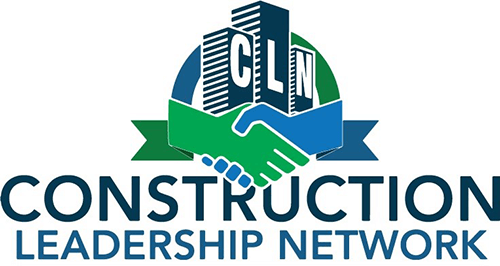
Businesses fail for any number of reasons but rarely is it a surprise to management. Only construction companies seem to experience sudden collapse when they unexpectedly run out of cash. The element of surprise expressed by most of the failed contractors I worked with surprised me. With sound accounting and business practices imposed by banks, sureties, and tax authorities, even contractors with little use for formal financial management should have been aware their company was about to run out of money.
Sudden Failure
Sudden contractor failure cannot be attributed to the traditional risk factors of labor shortages, inclement weather, slow pay, supply shortages, sudden price inflation, or government red tape. If contractors fail for any or all the reasons above, they usually see it coming. They are not surprised.
So, why were so many contractors surprised when they suddenly couldn’t pay the bills and were forced to abandon a project? Didn’t they know they were about to run out of money? Did their accounting department suspect a cash shortage and alert them to the problem? Were they in denial? How could a company as substantial as Carillion (the huge global contractor we discussed last week) suffer a sudden business collapse without the top executives knowing it was coming?
What Is Going On?
I began my research into this element of surprise decades ago by first going to the source. I asked failed contractors themselves what caused their surprise when they had to shut down. Here’s a sample of their answers.
- “I fired my comptroller. He didn’t know what he was doing.”
- “Damned owners never paid on time. I kept thinking they would catch up. They never did.”
- “My bank left me in a lurch. They could have extended my working capital line. They refused, and that was the end.”
- “This winter weather just killed me. The work was delayed, and I couldn’t bill enough to keep things going. It’s just one of the risks all contractors run.”
- “You combine the retainage with ongoing arguments over extras and work quality, and I just couldn’t finance all the slow pay. It adds up pretty quickly.”
- “Too many jobs were slow paying all at once for various reasons. Some were weather delayed. Some owners were too slow making progress payments. Some projects that had been front loaded were using cash while winding down, with no front loading remaining. Just a matter of timing you might say.”
These answers were the typical culprits that contractors always blamed, but they didn’t explain why they were surprised when the axe fell. It was this common element of surprise that alerted me that none of the known risk factors contractors routinely struggled with could be the cause of sudden collapse. It must be some flaw in the management information systems that was failing to alert competent contractors that they had an impending critical shortage of working capital.
Construction Accounting
GAAP (Generally Accepted Accounting Principles) requires that construction companies estimate the percentage of project completion so that a company can record the profit or loss for the portion of work completed in any accounting period. If a project is 40% complete at the end of an accounting period, the company can record 40% of the total expected profit from that project as earned, regardless of whether the amount is due and payable. This requisitioning method requires calculating the total cost of the work to date and estimating the cost to complete the remaining work. Obviously, when a project is partially complete, the total cost of the finished project remains unknown, making it hard to accurately predict the total cost to complete the work and, therefore, the expected profit. An estimated amount is introduced into what might otherwise be considered precise accounting data. This imprecise data has led to financial statements that are less precise than the financial statements in other industries.
Maybe Surprise is no Surprise
In construction, projects last a long time, often spanning multiple fiscal years. As we have just seen, determining the profit from work in progress is complex and error prone because no two jobs are the same and because accurately reporting the percentage of work completed to date relies on estimated values.
When we take a hard look at the reliability of construction accounting to inform contractors of their financial status at any given point in time, it is a little easier to understand why contractors might indeed be surprised when they arrive at an abrupt impasse.
Next week we’ll look at professional solutions to this issue in construction business information systems.
For more information on profitable business practices, read more at: PROFIT
For a broader view of financial management, read more at: MANAGEMENT
To receive the free weekly Construction Messages, ask questions, or make comments contact me at research@simplarfoundation.org.
Please circulate this widely. It will benefit your constituents. This research is continuous and includes new information weekly as it becomes available. Thank you.


